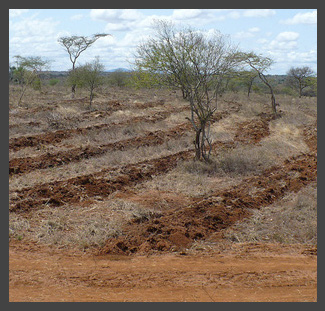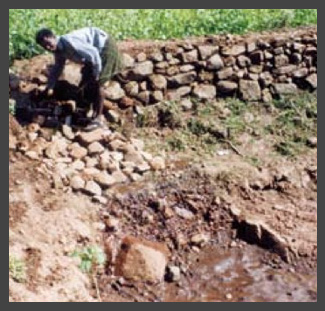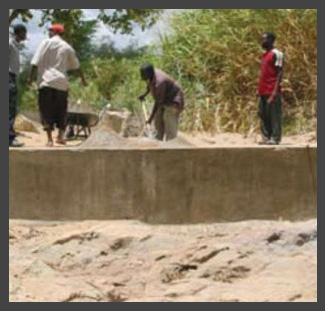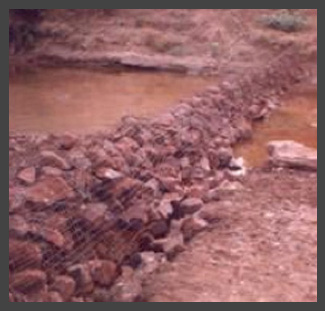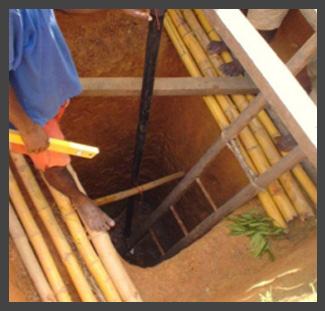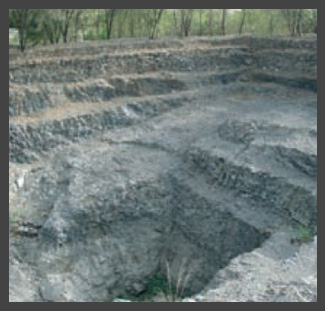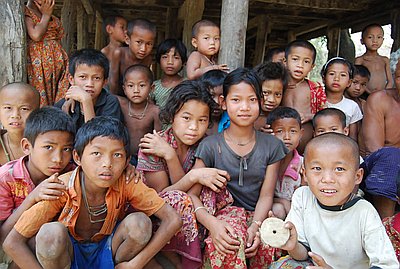Difference between revisions of "Water Portal / Rainwater Harvesting / Groundwater recharge"
(Categirizing as Rainwater harvesting and Water) |
(→Groundwater recharge links) |
||
| Line 104: | Line 104: | ||
* [http://www.hpscste.gov.in/rwh/Blue_Drop_Series_02_-_Capacity_Building.pdf Rainwater Harvesting and Utilisation.] or ([http://www.washdoc.info/docsearch/title/154206 alternative link]). Blue Drop Series: Book 2: Beneficiaries & Capacity Builders. UN-HABITAT. | * [http://www.hpscste.gov.in/rwh/Blue_Drop_Series_02_-_Capacity_Building.pdf Rainwater Harvesting and Utilisation.] or ([http://www.washdoc.info/docsearch/title/154206 alternative link]). Blue Drop Series: Book 2: Beneficiaries & Capacity Builders. UN-HABITAT. | ||
* [[Managed Aquifer Recharge (MAR)]] | * [[Managed Aquifer Recharge (MAR)]] | ||
| + | * Large wiki on water use for agriculture: [http://agropedia.iitk.ac.in/ Agropedia] | ||
<br> | <br> | ||
| + | |||
===Acknowledgements=== | ===Acknowledgements=== | ||
* Tuinhof, Albert and Heederik, Jan Piet. [http://docs.watsan.net/Downloaded_Files/PDF/Tuinhof-2002-Management.pdf Management of Aquifer Recharge and Subsurface Storage] or ([http://siteresources.worldbank.org/INTWRD/Resources/GWMATE_Final_booklet.pdf alternative link]). Netherlands National Committee for the IAH and Netherlands Hydrological Society. 2002. | * Tuinhof, Albert and Heederik, Jan Piet. [http://docs.watsan.net/Downloaded_Files/PDF/Tuinhof-2002-Management.pdf Management of Aquifer Recharge and Subsurface Storage] or ([http://siteresources.worldbank.org/INTWRD/Resources/GWMATE_Final_booklet.pdf alternative link]). Netherlands National Committee for the IAH and Netherlands Hydrological Society. 2002. | ||
Revision as of 08:19, 11 December 2013
Groundwater recharge is the enhancement of natural ground water supplies using man-made conveyances such as infiltration basins, trenches, dams, or injection wells. Aquifer storage and recovery (ASR) is a specific type of groundwater recharge practiced with the purpose of both augmenting ground water resources and recovering the water in the future for various uses.
Climate change considerations
- More storage capacity needed to overcome seasonal dry periods and to reduce floods.
- Higher rainfall intensities may exceed infiltration capacities. Create storage, enhanced infiltration or artificial recharge.
- Lower rainfall results in the need for transport and storage of water from other areas.
- Changes in vegetation will cause changes in evapotranspiration, surface runoff, erosion and sediment transport/deposition. This requires water and soil conservation measures, like terracing.
Field experiences
These projects may be utilizing groundwater recharge techniques and are part of the project listing in Really Simple Reporting (RSR) on Akvo.org.
| Akvo RSR Project: Community-led WASH and Safe Motherhood
To enable 32717 extremely poor people including Ethnic Minority Groups (Men Women and Children) of 6218 households living in hard to reach areas in Lama Upazila in Bandarban district moving towards healthy life through access to WASH and safe motherhood. |
| Akvo RSR Project: Etude technique d’avant-projet
The overall objective of the study is to promote the optimal use of rainwater as a tool in integrated management of water resources for more equitable access to water and improved living conditions. Specifically, the study aims to select the most suitable sites for the facilities of rainwater catchments, with a view to contributing to improving the food security of women and children through improved access to water and the development of agricultural and pastoral sectors conducive to women. |
Groundwater recharge links
- Sustainable Development of Groundwater Resources in Southern and Eastern Africa. International Atomic Energy Agency.
- Rainwater Harvesting and Utilisation. or (alternative link). Blue Drop Series: Book 2: Beneficiaries & Capacity Builders. UN-HABITAT.
- Managed Aquifer Recharge (MAR)
- Large wiki on water use for agriculture: Agropedia
Acknowledgements
- Tuinhof, Albert and Heederik, Jan Piet. Management of Aquifer Recharge and Subsurface Storage or (alternative link). Netherlands National Committee for the IAH and Netherlands Hydrological Society. 2002.
- Aquifer Recharge (AR) and Aquifer Storage & Recovery (ASR). United States EPA.
- Management of Ground Water in Africa Including Transboundary Aquifers: Implications for Food Security, Livelihood and Climate Change Adaptation. United Nations Economic Commission for Africa, African Climate Policy Centre, 2011.
- CARE Nederland, Desk Study: Resilient WASH systems in drought-prone areas. October 2010.


